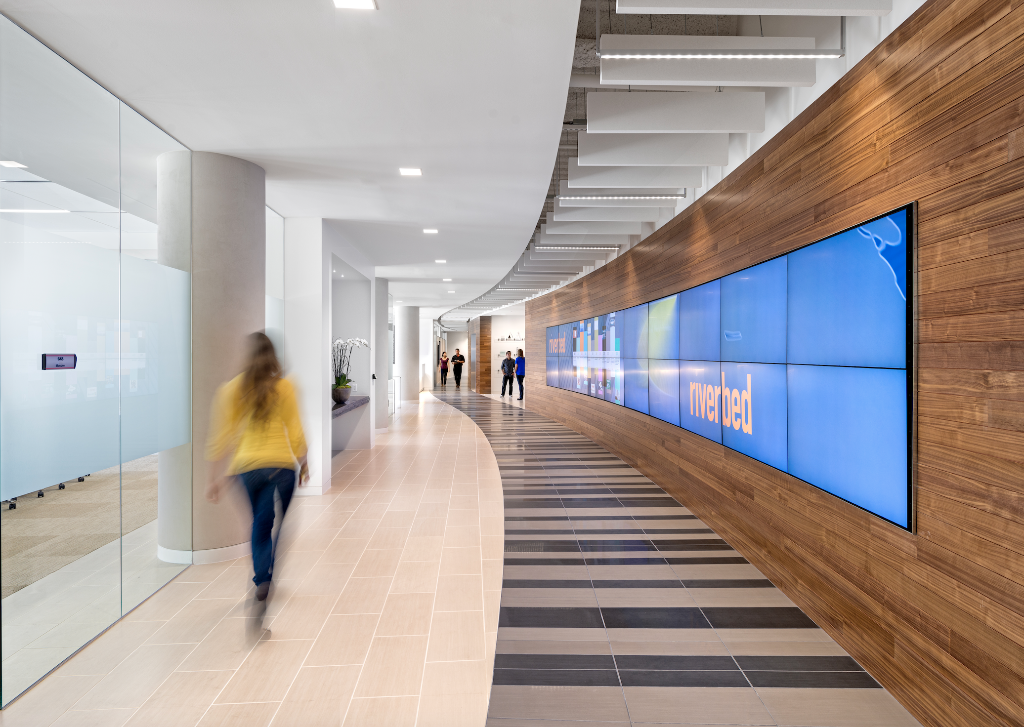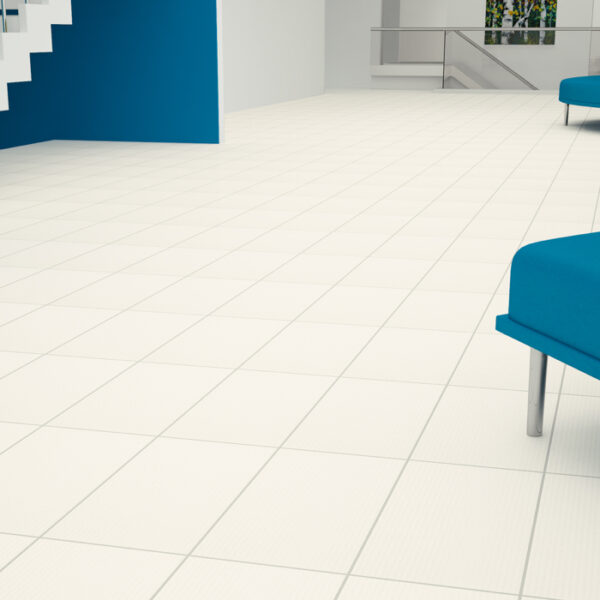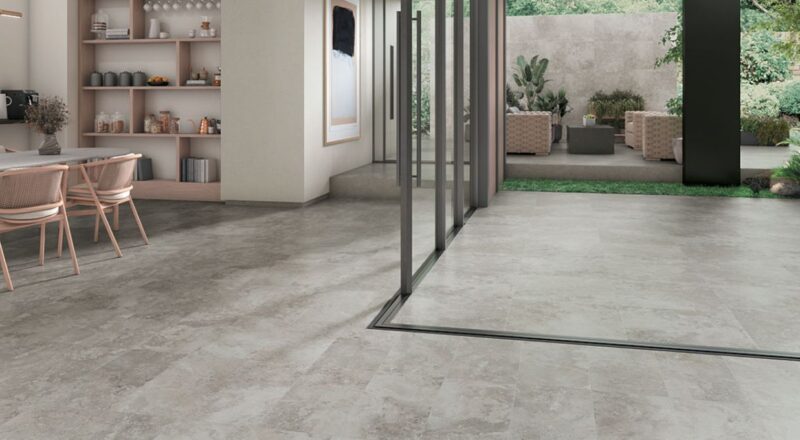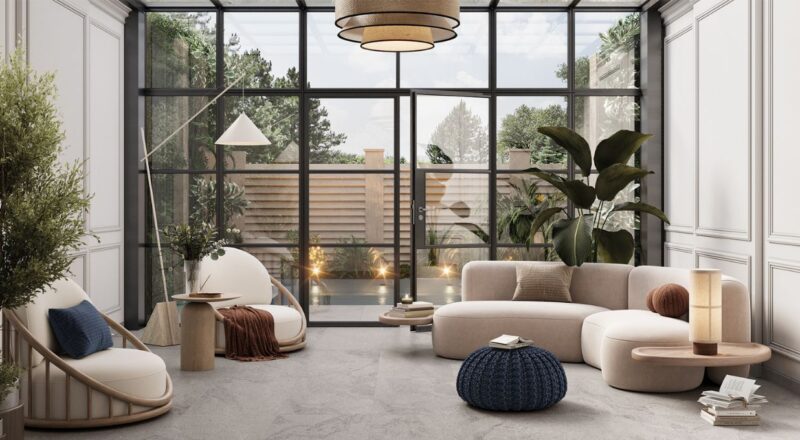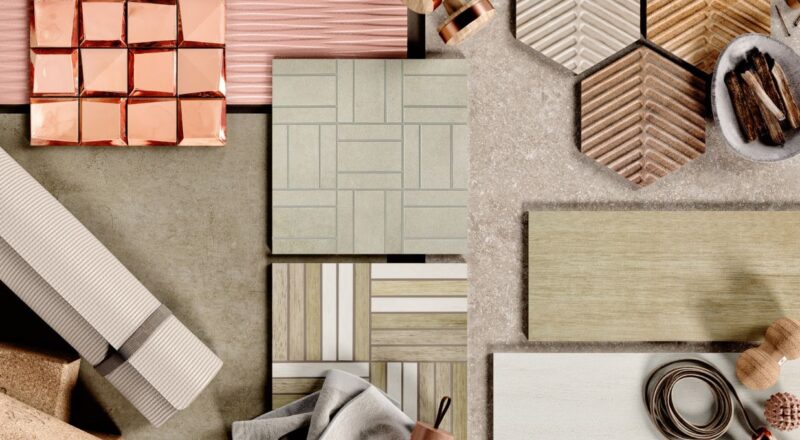In the United States, the Environmental Protection Agency reports that Americans spend over 90% of their time indoors—many of them in windowless work areas. And about half of the world’s office workers have no natural light or plants in their workspaces. With over 50% of the world’s population now living and working in urban areas, we are surrounded by steel, cement, artificial light, and recirculated air. We crave connection with nature and other forms of life now more than ever before because of their rarity in our lives.
The biophilic design movement aims to bring some of the soothing elements of outdoor living into our often sterile work environments. Though biophilic design isn’t entirely new (think Frank Lloyd Wright), today’s architects and designers are approaching it more holistically and purposefully.
“To me, biophilic design is more about the idea of perception and how we view the world—it’s like putting on a new pair of glasses that allow us to look closely at the natural relationships within our environment,” says Doug Wittnebel, Design Director for Gensler’s office in Oakland, California.
Wittnebel has over 33 years of design experience, including time working abroad in Japan, Thailand, and China. Those experiences allowed him to learn more about energy and spirit within spaces and objects, both animate and inanimate.
While many would consider biophilia the latest office design trend, Wittnebel doesn’t like the term “trend” because that seems to imply it’s going to go out of fashion soon. He believes that the biophilia focus is here to stay—and that it will even expand and develop new directions over the next several years.
That’s because it has an objective basis. Numerous studies reveal that indoor workers who are exposed to calming nature-inspired designs are more productive, more creative, happier, and have a greater sense of well-being. We can extend our lives—and improve overall quality of life—through biophilic design and reducing our stress levels.
To design a healthier and more engaging place to work, Wittnebel recommends thinking about a juxtaposition of textures—smooth and rough, hot and cold, light and dark. These contrasts stimulate the senses.
Wittnebel also tries to find out where the materials he’s using come from, an approach that can be attributed to his time working in Japan.
“It changes your mind when you think about [their] origin. I use wood differently—I want to know where it came from, how it was cut, if it fell naturally, or if it was salvaged from the bottom of a lake,” explains Wittnebel.
Likewise, our sustainability record at Crossville has long been at the heart of our business philosophy, from becoming the first net consumer of tile waste to our Tile Take-Back™ Program and our Green Squared® Certifications.
Our Retro Active 2.0 collection is in the vanguard of products that take biophilic design to new heights. The textures, patterns, and colors are designed to create a sense that those within a space are enveloped by elements of a natural environment.
“By layering color, pattern and texture, architects and designers can create sensory-rich environments offering subtle cues that remind us of natural elements like earth, sky, wind, water and sunshine,” says Terri Marion, Crossville Product Manager.
We’re the first tile company to be certified by the Living Product Challenge, a recognition program of the International Living Future Institute. The Challenge is organized in seven performance areas (known as “petals”), and Retro Active 2.0 received petals in three categories: place, water, and beauty.

